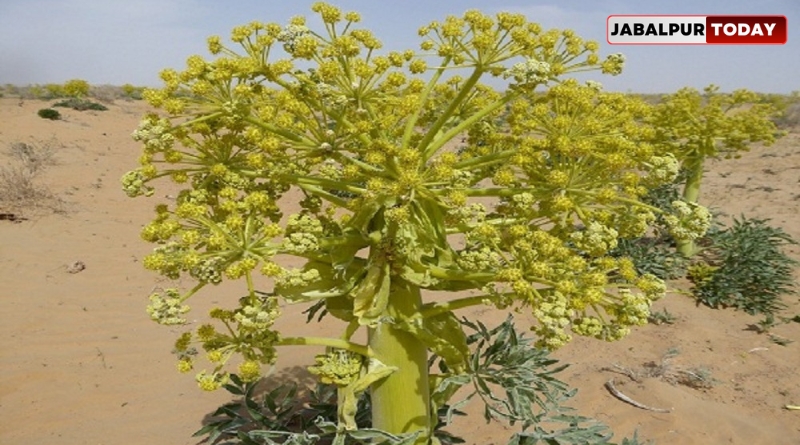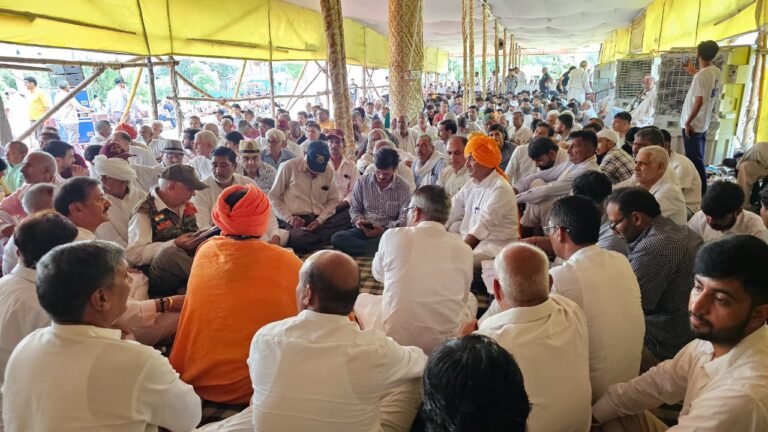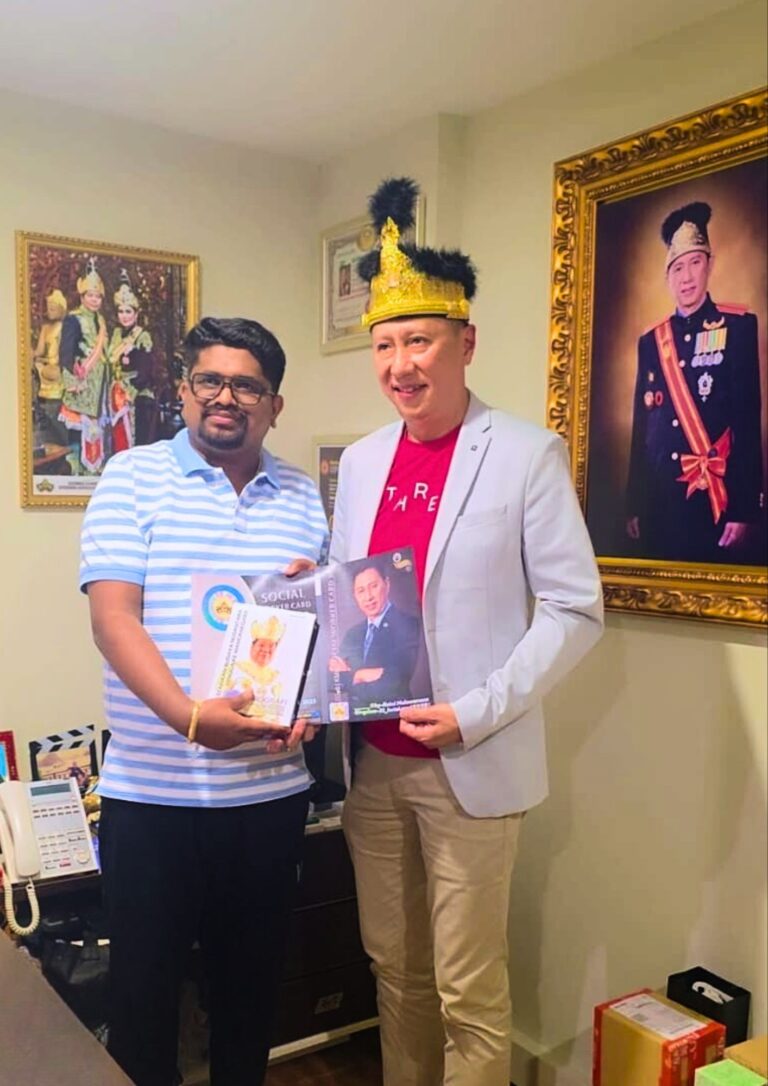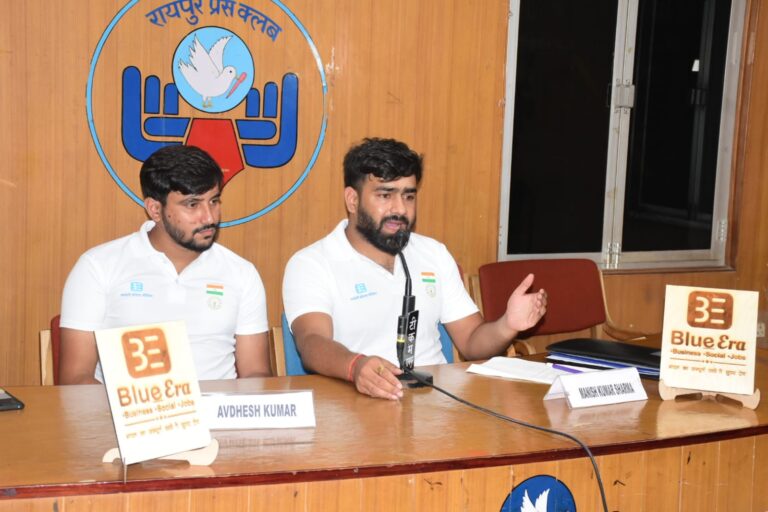India Grows Heeng For First Time And Ceases Reliance on Imports
CSIR makes history and Indian spice production advancements and opportunities for rural farmers Palampur, 10 June 2025: Significant advancement has been achieved in agriculture in India as scientists at the...

CSIR makes history and Indian spice production advancements and opportunities for rural farmers
Palampur, 10 June 2025: Significant advancement has been achieved in agriculture in India as scientists at the Council of Scientific and Industrial Research (CSIR) have now cultivated Ferula assa-foetida -commonly known as heeng in India in India for the first time. The breakthrough, achieved on May 28 at the Institute of Himalayan Bioresource Technology (IHBT) in Palampur, marks the plant’s first-ever flowering and seed setting on Indian soil.
This success caps off over a decade of research and represents a turning point in reducing India’s dependence on heeng imports from Afghanistan, Iran, and Uzbekistan a trade that previously cost the country around ₹1,200 crore annually.
Heeng, which is a common flavoring agent in Indian cooking and Ayurveda, is a plant that could have never been grown in India due to it possessing a unique set of ecological needs and its long growth cycle of around five years. In 2020, IHBT scientists have utilized seeds from Iran in attempt to grow Heeng in Indian climates by mirroring cold-desert conditions, in areas of high-altitude in Himachal Pradesh and Ladakh.
“This development not only enhances India’s food self-sufficiency but also opens up new livelihood opportunities for farmers in marginal and high-altitude areas,” said a senior CSIR scientist.
The cultivation initiative draws strength from India’s traditional knowledge systems with ancient texts like the Charaka Samhita long praising heeng’s therapeutic qualities. Now, modern science has helped bring this prized spice home.
Also Read: Jabalpur Flyover Controversy: Congress Gives 4-Day Ultimatum for Inauguration






No Comments Yet